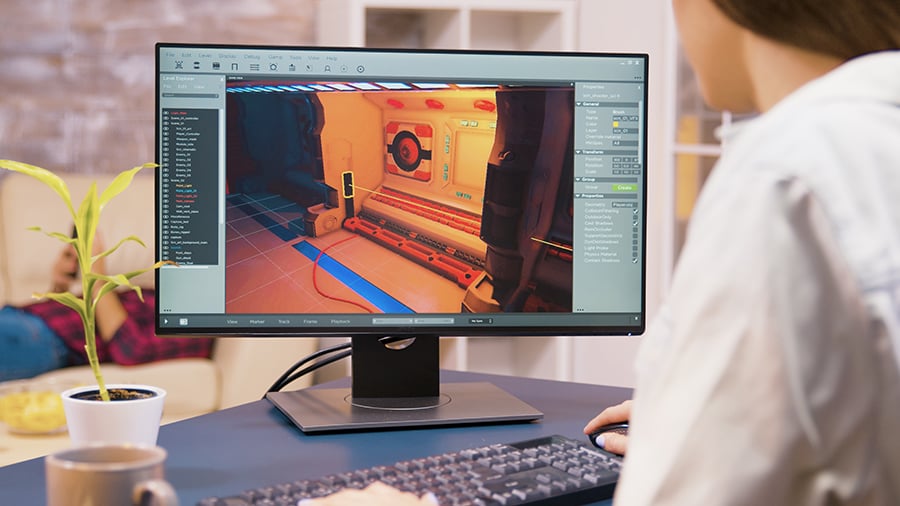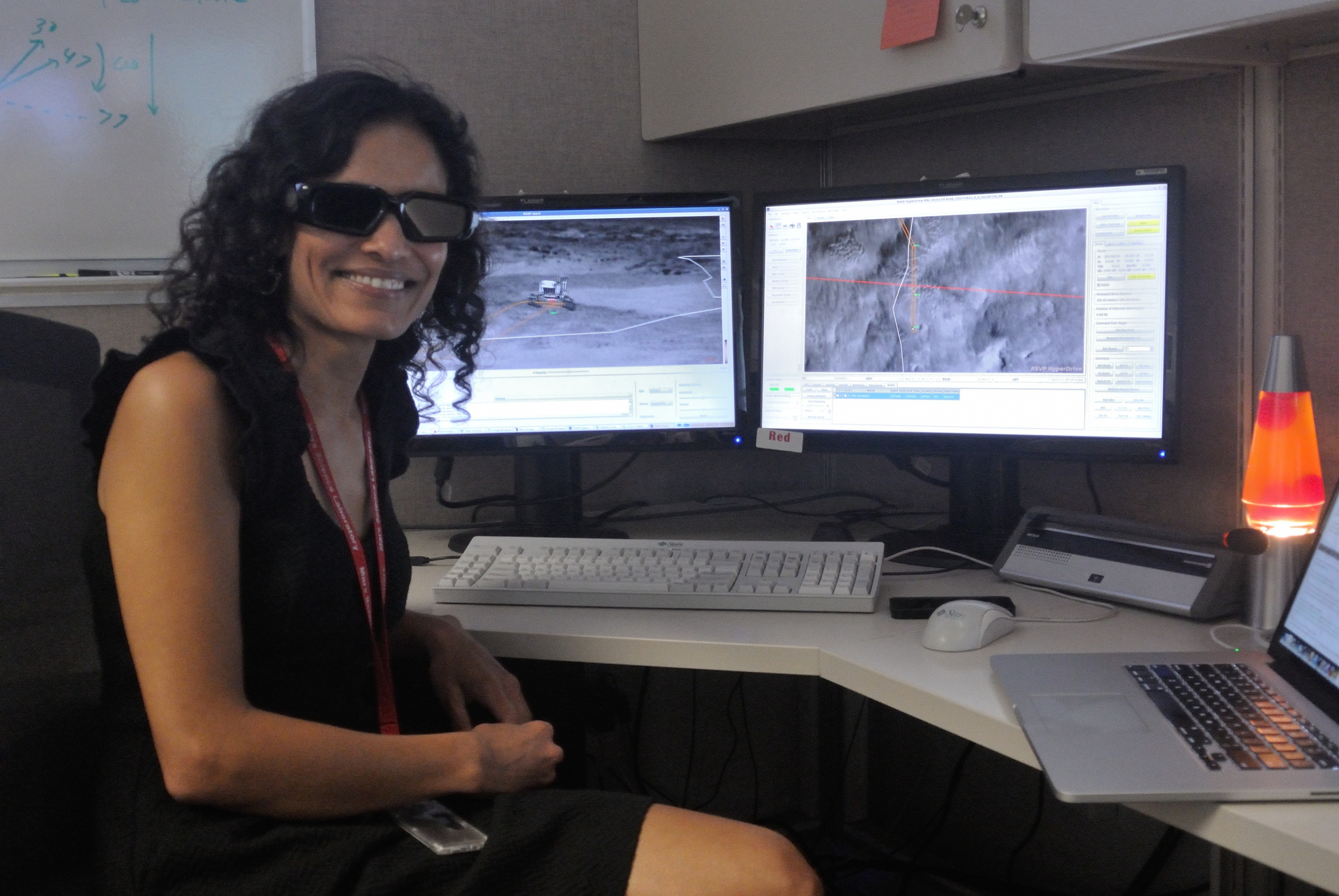Career Connections
The following careers use skills and concepts that you practiced in this Unit. Choose one of these careers and complete an activity from the Choice Board.
Gaming Engineer
A Gaming Engineer can work in all phases of game development from concept and coding gameplay, to testing and troubleshooting the finished game. Gaming Engineers work with a team, and they need to able to communicate with their team. They also need to analyze data, think creatively, and solve problems. Gaming Engineers do the behind-the-scenes work such as writing code to make the game work, but they also have to test the gameplay and identify ways to make it more fun and interesting. Like Gaming Engineers, you worked with a team to design your robot build and create the code for your game strategy in Castle Crasher. You also tested your projects, documented data in your engineering notebook, and analyzed the data to make improvements to your code and improve your robot's performance, just like Game Engineers collect and analyze data to improve the experience for players.

NASA Rover Driver
A Rover Driver is a type of Robotics Engineer that creates the command sequences that move rovers and their robotic arms around on the Martian surface. Rovers drive autonomously for some of their missions. Perseverance Rover has driven autonomously more than any other Mars Rover. Rover drivers work with prototypes here on Earth to build and test the code that will allow rovers to move autonomously on the surface of Mars. When driving autonomously, the rover uses sensors to detect objects and move closer for closer study, or to drive around obstacles. Like a Robot Driver, you worked with your team to create code that would have your robot drive autonomously in the Castle Crasher challenges. You learned how to code your robot to make decisions based on sensor data, similar to how a rover uses sensor data to determine its drive path. Rover Drivers use a prototype test their code here on Earth, and make improvements based on testing data, just like the testing and iterating that you and your team performed to improve your robot's performance in the Unit challenges.

|
Can you find another career that uses skills and big ideas from this Unit? Talk to your teacher to see if you can complete a Choice Board activity for your chosen career. |
Choose an Activity
After you have chosen the career that most interests you, choose one of the activities from below to deepen your understanding!
|
Career Collage Create a collage about your chosen career. Your collage must include 10 pictures, each with a caption describing how it represents your career. |
World Changer How does someone in your chosen field make the world a better place? Research to find out three examples of ways someone who has the career you chose makes the world a better place, and write a paragraph explaining them. |
Interview Day Hold an imaginary job interview with a person in your chosen career. Create 10 open ended questions to ask, and create responses based on the information you researched. |
|
A Day in the Life Write a story illustrating a day in the life of someone who has the career you selected. Research to find out more about their day-to-day job duties! |
Career Crossword Create a crossword puzzle using your chosen career as a theme. Write at least 15 clues about your career and create the puzzle and an answer key. Share it with a friend! |
Job Fair Make a brochure about your career choice. Use the information found in your research to fill the brochure. The purpose of your brochure is to convince another person that this is a good career choice. |
Once you have completed your choice board activity, check in with your teacher.
Select Next > to prepare for a debrief on this Unit.